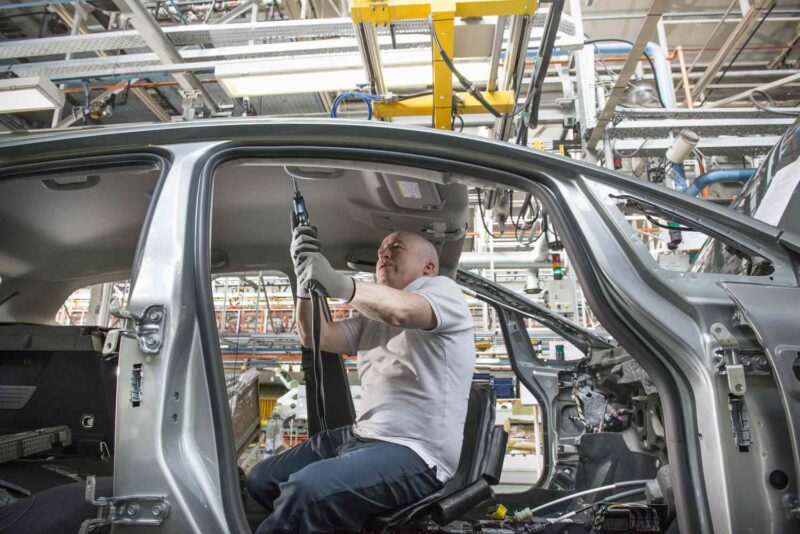Manufacturing has played a pivotal role in shaping the United States economy throughout its history. From the industrial revolution to the present day, the manufacturing sector has been a key driver of economic growth, job creation, and technological advancements. In this article, we will explore the role of manufacturing in the US economy, examining its historical significance, current landscape, and future prospects. By delving into the past, understanding the present, and envisioning the future, we aim to gain insights into the evolving dynamics of manufacturing and its impact on the nation.
Also read: Unraveling the US Housing Market: Trends and Predictions
Table of Contents
The Historical Significance of Manufacturing
Industrial Revolution and Economic Transformation
The industrial revolution marked a significant turning point in the US economy. Manufacturing shifted from a predominantly agrarian society to a manufacturing-driven powerhouse, fueled by advancements in machinery, infrastructure, and production techniques. This period saw the rise of industries such as textiles, steel, automobiles, and consumer goods, transforming the nation’s economic landscape.
Manufacturing and World War II
Manufacturing played a crucial role during World War II, as the US became the “arsenal of democracy.” The mass production of military equipment, weapons, and supplies not only supported the war effort but also propelled the manufacturing sector forward. This era witnessed increased collaboration between the government and industry, fostering technological innovation and productivity gains.
Also read: The Impact of Trade Policies on the US Economy: A Deep Dive
The Present Landscape of Manufacturing
Advanced Manufacturing and Technological Innovations
In recent decades, manufacturing has undergone a significant transformation, marked by advanced manufacturing techniques and technological innovations. Automation, robotics, and the integration of digital technologies have revolutionized production processes, enhancing efficiency, precision, and productivity. Advanced manufacturing sectors such as aerospace, electronics, pharmaceuticals, and renewable energy have emerged as key drivers of the present-day manufacturing landscape.
Globalization and Supply Chains
The advent of globalization has reshaped manufacturing, with supply chains becoming increasingly complex and interconnected. Global trade, outsourcing, and offshoring have allowed manufacturers to access new markets, reduce costs, and tap into specialized expertise. However, globalization has also brought challenges, such as increased competition, supply chain vulnerabilities, and the need to adapt to changing trade dynamics.
Also read: The Rise of Silicon Valley: Innovation and Technology in the US
The Future of Manufacturing
Industry 4.0 and Digitalization
The future of manufacturing lies in the adoption of Industry 4.0 principles and the widespread digitalization of processes. Cyber-physical systems, the Internet of Things (IoT), artificial intelligence, and big data analytics will drive the next wave of innovation in manufacturing. Smart factories, where machines communicate and make decisions autonomously, will enhance productivity, customization, and sustainability.
Reshoring and Manufacturing Renaissance
Recent trends indicate a growing interest in reshoring manufacturing operations back to the United States. Factors such as rising labor costs in emerging economies, concerns over supply chain disruptions, and a focus on local production capabilities have fueled this shift. The “manufacturing renaissance” aims to revitalize domestic manufacturing, promote job growth, and strengthen national security.
Also read: The Role of Small Businesses in Driving the American Economy
Conclusion
Manufacturing has been and continues to be a vital pillar of the US economy. From its historical significance to the present-day landscape and future prospects, manufacturing has evolved with advancements in technology, globalization, and changing market dynamics. Embracing digitalization, fostering innovation, and addressing challenges such as workforce skills and supply chain resilience are crucial for maintaining the competitive edge of US manufacturing. As the nation navigates the complexities of the global economy, recognizing the importance of manufacturing and supporting its growth is essential for sustainable economic development, job creation, and technological progress.

